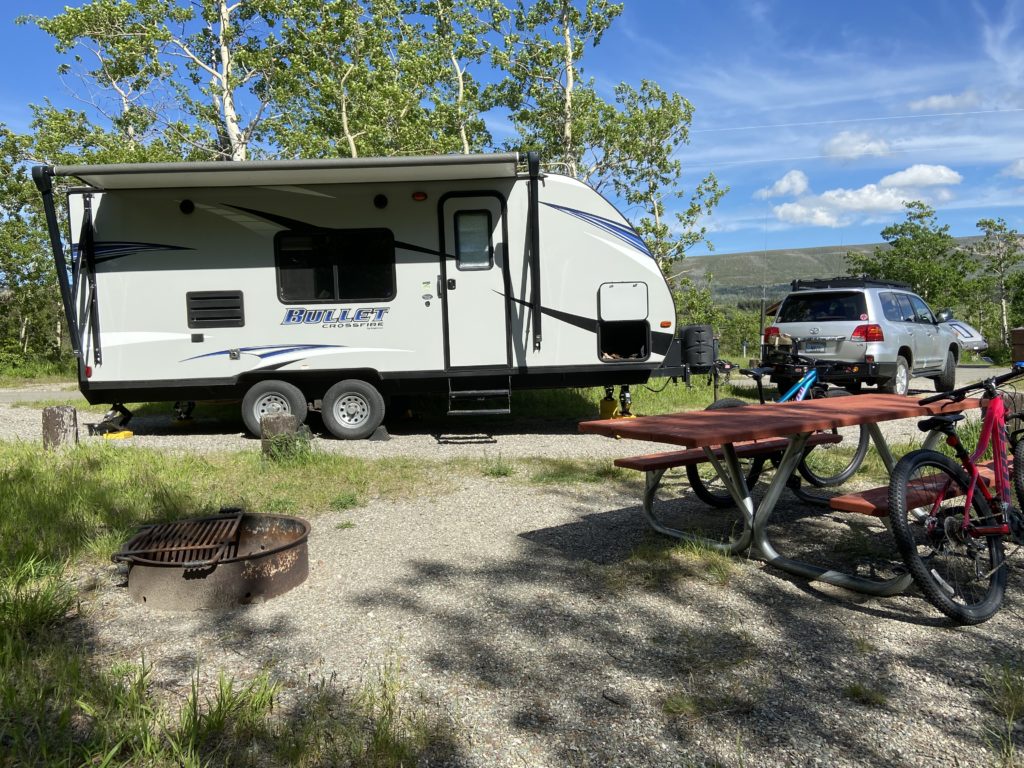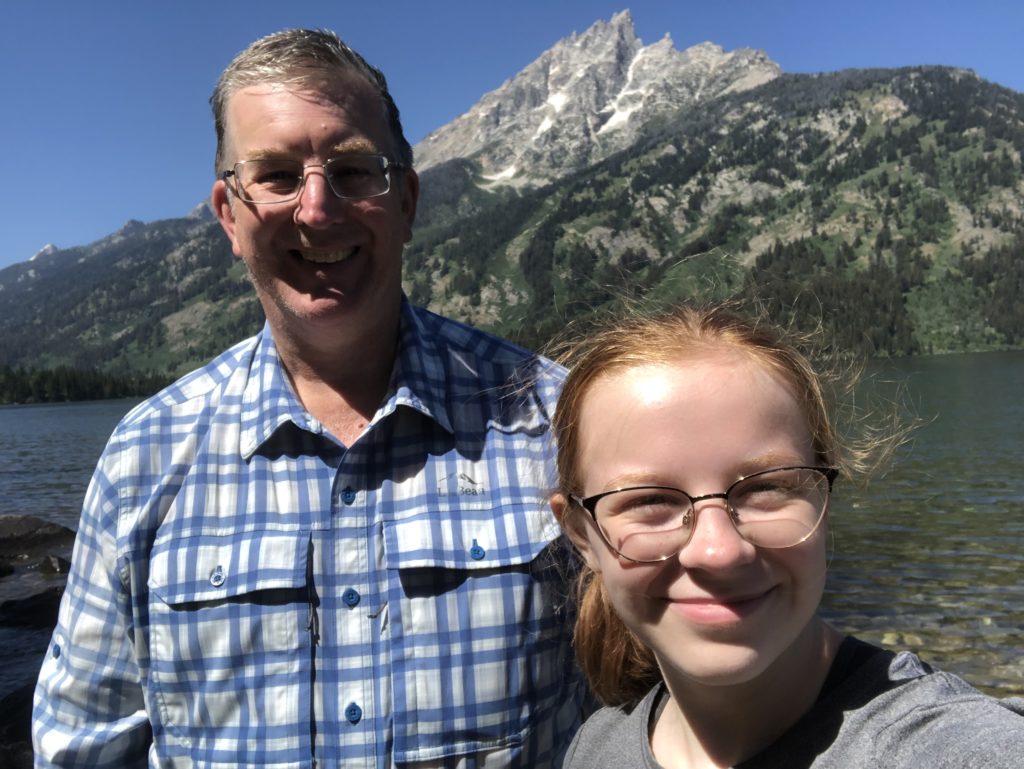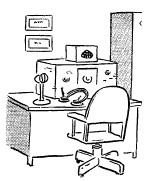
Another summer trip has come and gone. This one did not feature any new locations or set records for being away from home for the longest time. We did discover some new trails in Yellowstone as well as getting to know older trails in Grand Teton in different ways. The consensus for favorite hike was the out-and-back we did in Paradise Valley, not far from Fishing Bridge in Yellowstone. Ask me some time about the Solfatara North trail with the grizzly who wanted to take us out to dinner (take us out as in kill us… and then we’d become dinner). Or maybe it is best not to bring that hike up at all.
At times it seemed like the odds might be against us. Primarily with the June 2022 flooding in Yellowstone potentially putting a large chunk of our summer at risk. A new menu prevailed with a few winners and a general request for less potatoes.
The wildflowers were sensational, as always.
The culminating event, when we were down to Emily and myself, was a hike around Jenny Lake. What a blast!

Something new this trip was my increased attempts at getting on the air this year. Usually I do very little amateur radio work on the summer trips. To be honest, I am normally either too busy or too tired to get on and enjoy radio. This year I made an effort to get on the air and see if I could make some CW contacts. Although I had visions (and most all the equipment) to setup an operators position at the back of the station wagon, I ended up making all of my contacts from the driver’s seat. Helping me was my J-45 leg key and my Field Notes memo book for handcopy. When I did get on air, I was generally successful in making contacts. My best luck was on 20M around the SKCC watering hole at 14.055 MHz. An enjoyable aspect to making the contacts was sending each one a postcard from the national park I was at… using the postcard as a QSL card. Overall, I made eleven contacts – beating any previous year by quite a bit.
Today I upload the contacts to LoTW after figuring out how to add the locations from where the contacts took place into my LoTW account (three separate locations). Then, after I had entered the contact information into my fldigi-based logbook, I exported the contacts, using the correct location, into LoTW. It was nice to see many of my contacts had already confirmed the contacts.
I do need to make some modifications of my HF vehicle installation. The display heads up front are great! Using the Ram setup really made things organized and solid. The FT-891 in the rack tray needs to be adjusted to mitigate its ability to bounce too much on a bumpy road. I also need to repair the feedline into the radio. This fall, I would like to try out a back-of-the-vehicle setup.
As always more and consistent Morse practice will always yield dividends.







 (1) Two shelves are up. I offloaded my computer that handles the weather station, my printer, the EchoIRLP node, and the TM-D710A that supports both the weather station via APRS and the EchoIRLP node. I put wheels on the hamshack table after I moved it from the rental we were in to our current house. This raised the table to the perfect height, allowing my chair to slide under. The wheels also allow me to swing the table out to get to the back side and take care of any wiring issues with a fair degree of ease. But the weight of the equipment that piled up on the far end of the table made it hard to move. With the equipment I rarely touch placed up on the shelves, the table is much easier to move.
(1) Two shelves are up. I offloaded my computer that handles the weather station, my printer, the EchoIRLP node, and the TM-D710A that supports both the weather station via APRS and the EchoIRLP node. I put wheels on the hamshack table after I moved it from the rental we were in to our current house. This raised the table to the perfect height, allowing my chair to slide under. The wheels also allow me to swing the table out to get to the back side and take care of any wiring issues with a fair degree of ease. But the weight of the equipment that piled up on the far end of the table made it hard to move. With the equipment I rarely touch placed up on the shelves, the table is much easier to move.






